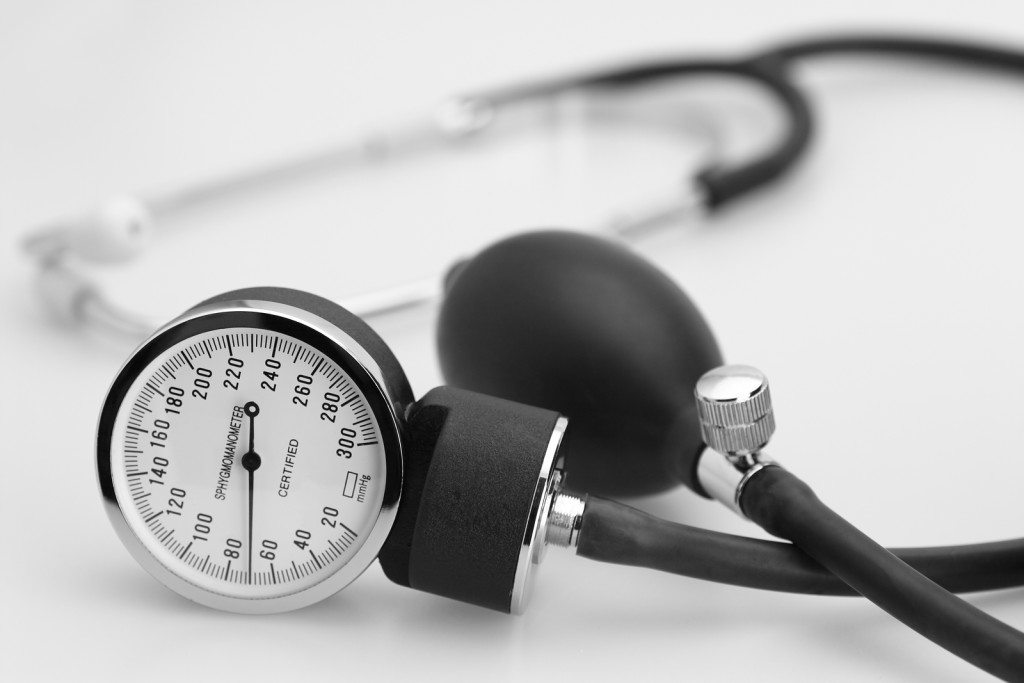Advancements in medical technology are allowing today’s cancer patients to live longer and healthier lives than at any other time during our nation’s history. However, while scientific leaps have given Americans access to safer and more effective cancer treatments, early detection and intervention remains key to having the possible prognosis and outcome. When an oncologist, radiologist, or other type of doctor or specialist makes a diagnostic error, such as mistaking a malignant tumor for a benign growth, the result is that proper diagnosis is delayed, and the patient misses critical opportunities to receive prompt medical care. If you or one of your loved ones was the victim of a missed cancer diagnosis in Philadelphia, you should know that you and your family may be able to recover compensation for the harm you have suffered.
Unfortunately, misdiagnosing or failing to diagnose cancer is a fairly common example of medical malpractice – particularly where certain types of cancer are concerned. A 2014 study published in BMJ Qualify & Safety, which examined data from two prior studies on colorectal cancer and one prior study on lung cancer, concluded that roughly 12 million U.S. adults suffer outpatient diagnostic errors each year. That’s a diagnostic error rate of just over 5%, or about one in 20 adults, excluding inpatient diagnostic errors. Another study, published in JAMA Internal Medicine in 2013, found cancer to be in the top five out of nearly 70 misdiagnosed conditions, making up 5.3% of all missed diagnoses.

But why do these errors happen? In some cases, failure to diagnose lies with the patient’s treating physician or specialist. For instance, a dermatologist might tell a patient that a skin growth is merely a normal birthmark, when the mark is actually a cancerous growth like basal cell carcinoma, which the American Cancer Society says accounts for about 80% of all skin cancers. In other cases, failure to diagnose stems not from the patient’s physician, but from the laboratory which tested the patient’s blood sample, performed the tissue biopsy, or conducted other medical tests at the physician’s request.
In the JAMA study cited above, researchers found that, among diagnostic errors in primary care settings, diagnostic “process breakdowns” were most likely to occur during or due to:
“Most errors,” the study found, “were associated with potential for moderate to severe harm.”
Many types of cancer produce symptoms and side-effects which mimic those of other conditions, such as rash, pain, fatigue, upset stomach, and respiratory distress. If a doctor is inexperienced or approaches a patient with bias, the result can be a devastating misdiagnosis – particularly if relevant diagnostic tests have a poor accuracy rate. Listed below are just a few of the many disorders and diseases which are frequently confused with cancer:

No one realistically expects medical professionals to be 100% accurate 100% of the time. However, doctors are expected to meet a certain standard of care, as a medical malpractice lawyer in Philadelphia, PA can explain. This includes taking reasonable precautions to protect their patients to a foreseeable risk of death or injury. When a doctor makes a harmful error which another doctor with equivalent credentials would not have made (taking into consideration all pertinent circumstances), the doctor who made the mistake may have been negligent and therefore liable for compensating the victim.
If your doctor failed to detect or correctly diagnose your cancer, you can turn to medical malpractice attorney Brent Wieand for compassionate, personalized legal support. To get a free and completely confidential assessment of your case from a Philadelphia medical malpractice lawyer, call Brent at (888) 789-3161. You, your spouse, and your children may be entitled to compensation for past and future costs related to the diagnostic error.
***Disclaimer: This article is for informational purposes. It is not legal advice and should not be used as legal advice. Brent’s law office is located in Philadelphia, PA, and serves clients throughout Pennsylvania and New Jersey.***